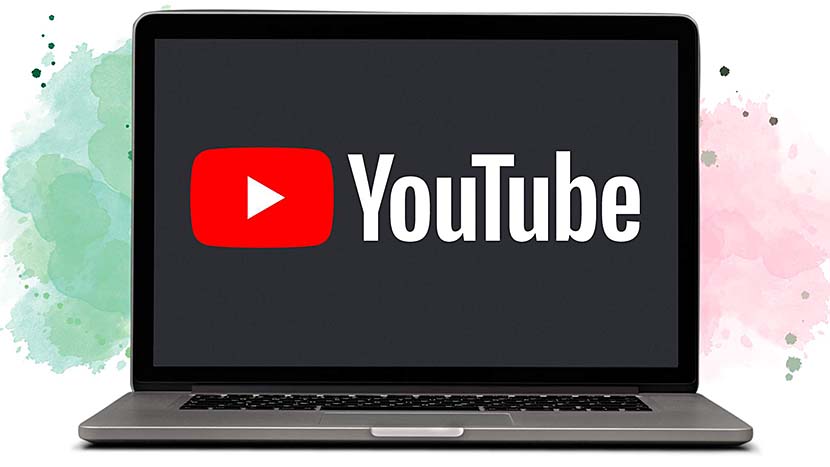
As medical information – and misinformation – continuously evolves and spreads rapidly on YouTube, Google has taken initiative to constantly develop and update its community guidelines.
YouTube will begin streamlining dozens of our existing medical misinformation guidelines to fall under the categories of Prevention, Treatment, and Denial.
First, Prevention removes information that contradicts the prevention and transmission of health conditions. This includes but not limited to misinformation content around harmful substances and practices as prevention methods (Miracle Mineral Solution (MMS), guaranteed prevention (claims that there is guaranteed prevention method for COVID-19), vaccine (claims that the MMR vaccine causes autism), and transmission (content that says COVID-19 is caused by radiation from 5G networks).
Second, Treatment deletes content that contradicts the treatment of health conditions. An example would be content that promotes the use of methods such as caesium chloride (cesium salts), hoxsey therapy, and coffee enema among others for the treatment of cancer, outside of clinical trials.
Lastly, Denial erases content that disputes the existence of a health condition. For instance, any content that denies the existence of COVID-19 or says that people have not died from COVID-19 will be removed from YouTube.
When it comes to diseases, cancer is a fitting example for YouTube’s action, since those diagnosed with it, along with their loved ones, often search the internet and YouTube about the illness, treatment, and support groups.
YouTube’s medical guidelines are there to prevent them from being misinformed about cancer with myths such as breast cancer only happening to women or the alleged benefits of herbal and dietary supplements over chemotherapy.
Apart from the guidelines, YouTube plans to make playlists of cancer-related videos, partnering with the Mayo Clinic for informational content. Even though there are some exceptions to the guidelines like public interest videos, YouTube ensures its audience that these will be monitored and age-gated if necessary.
The three categories provided by YouTube exist to serve as a foundation for developing guidelines as other medical data arises. By continuously monitoring local and global health authority guidance, YouTube will be able to adapt its policies. It will inform content creators where the policy lines are and help viewers trust the health information found on the website.
This is to make the path to progression down the line clearer, and for YouTube — a popular destination for high-quality medical information — to have a more transparent framework in place for evaluating whether certain diseases or conditions would be included in the future.
![]()







